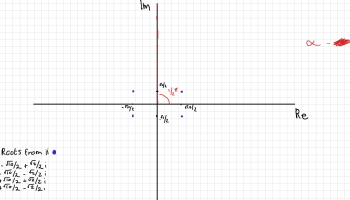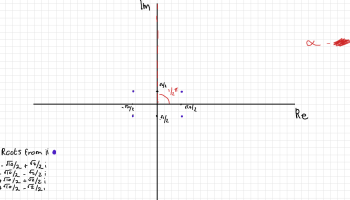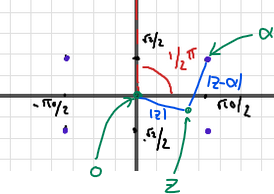Need help for last part, first of all I dont understand how 2 roots
can now be described as one single thing ( is alpha a line? i dont understand
how that makes sense either), and then it wants the perpendicular bisector but
from the description of alpha as a line isnt it at basically (0,0), but
isnt z assumed to be that? I dont really understand.
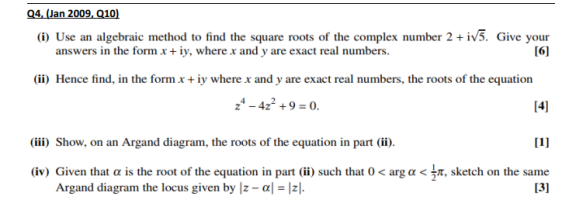
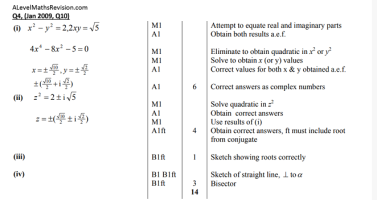

can now be described as one single thing ( is alpha a line? i dont understand
how that makes sense either), and then it wants the perpendicular bisector but
from the description of alpha as a line isnt it at basically (0,0), but
isnt z assumed to be that? I dont really understand.




